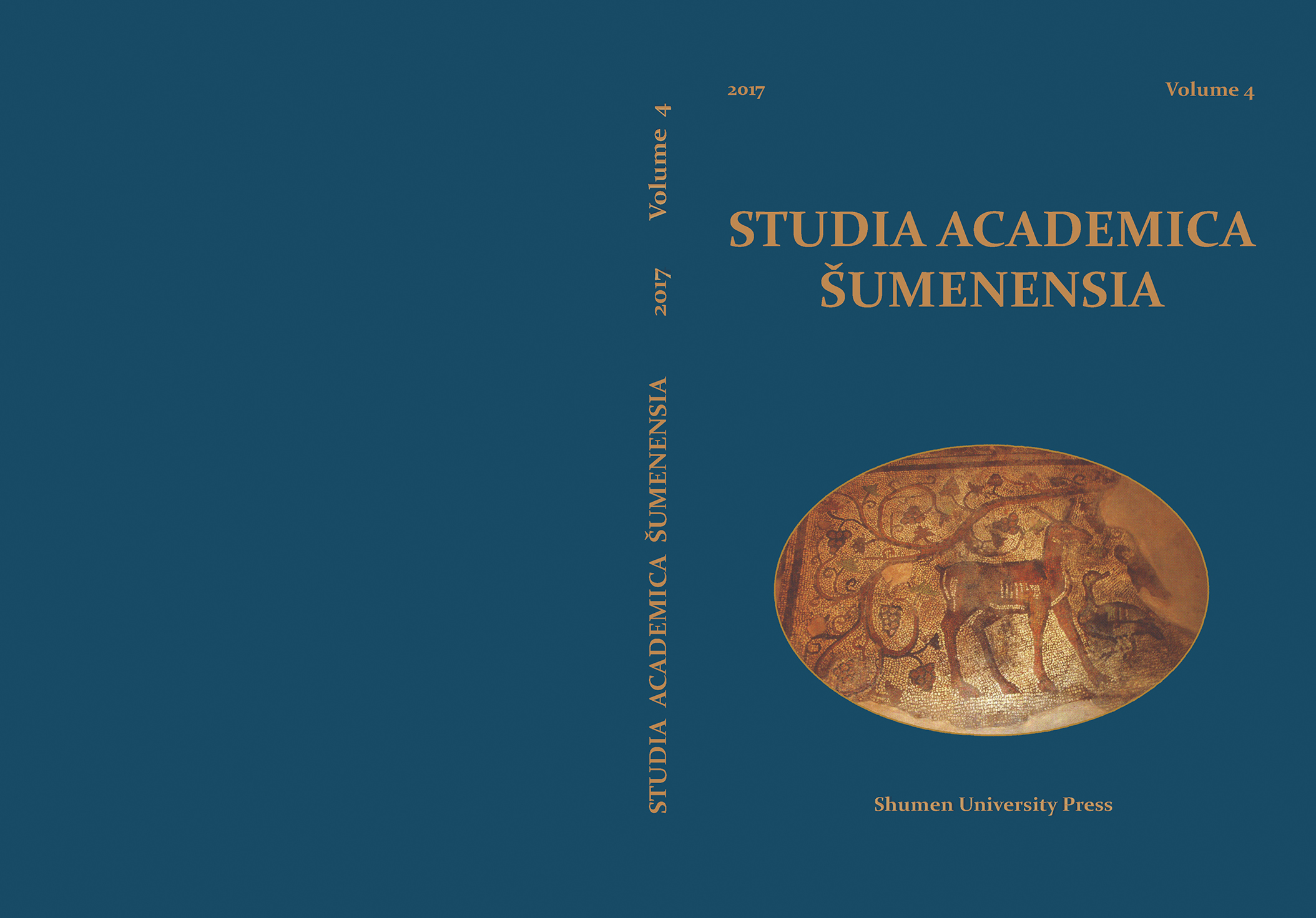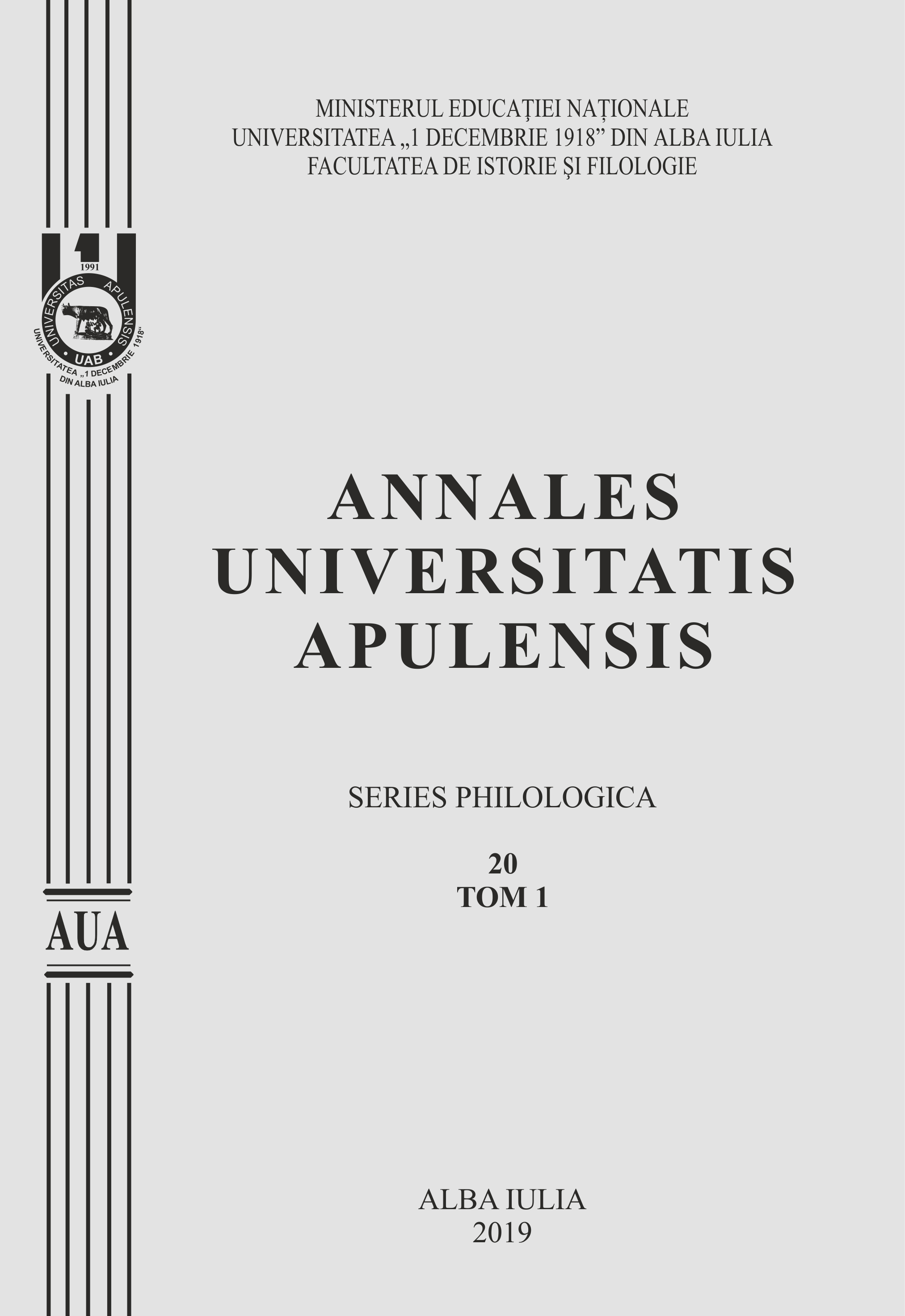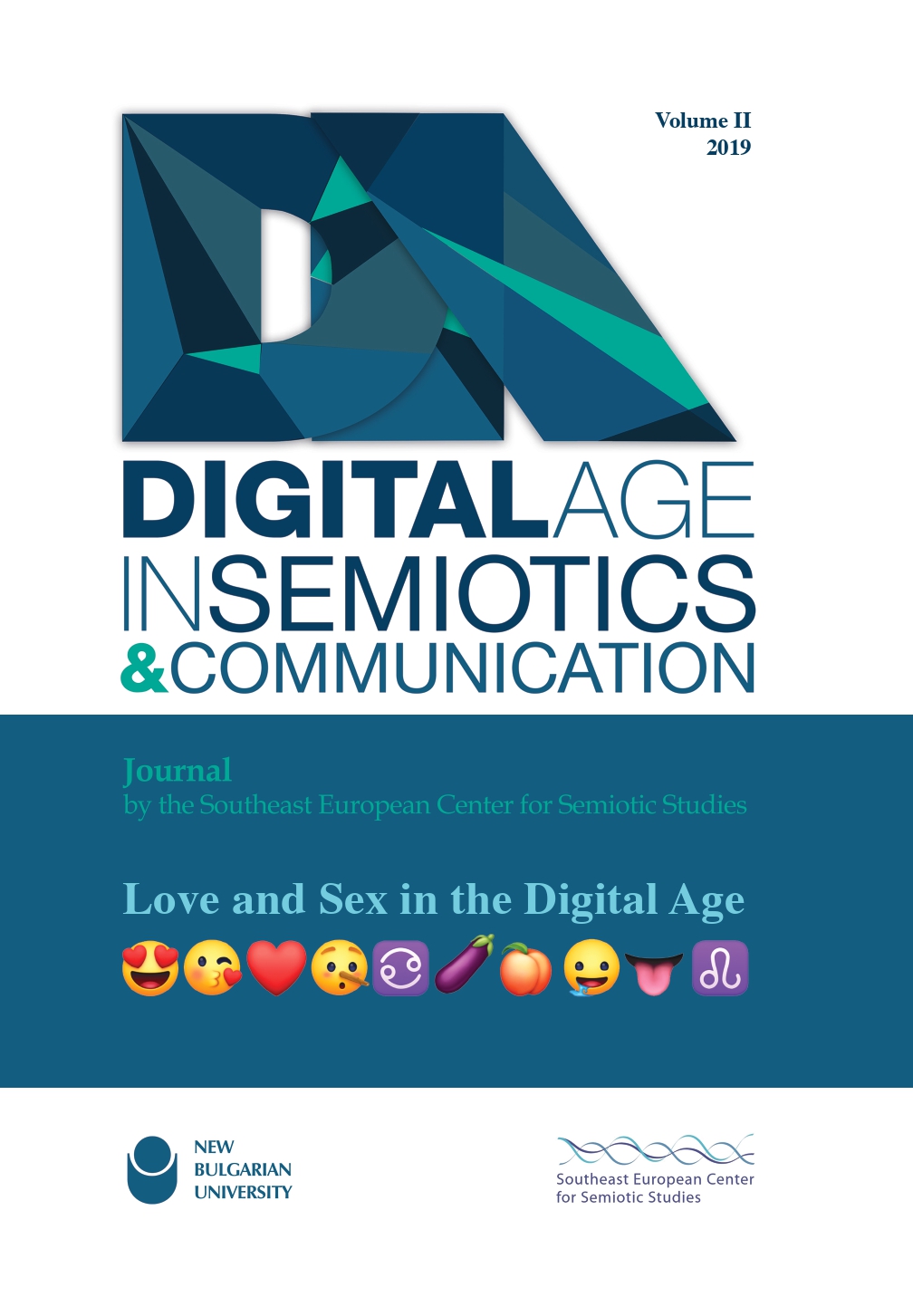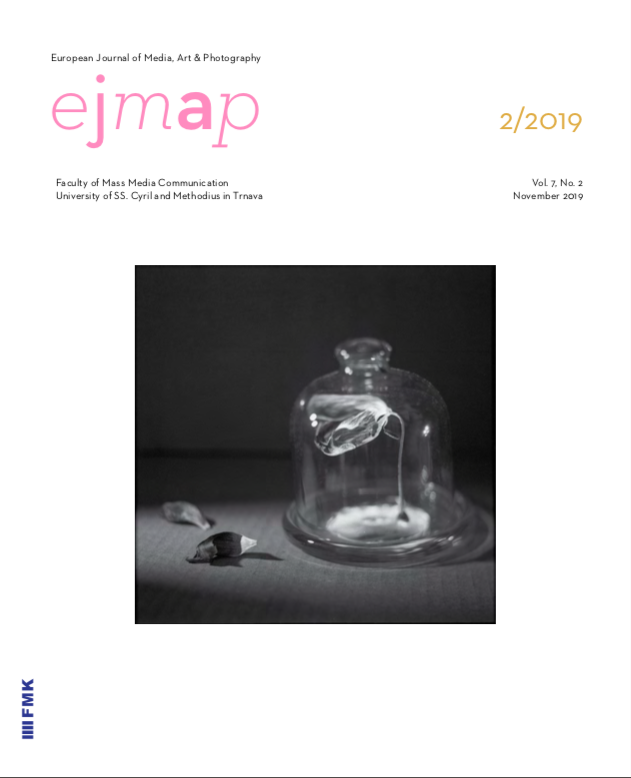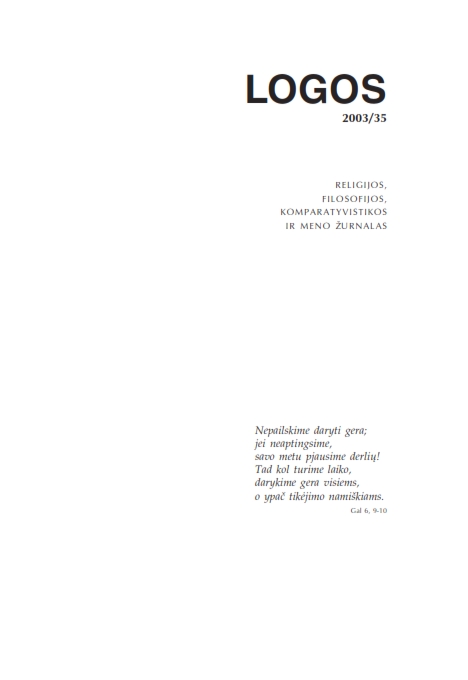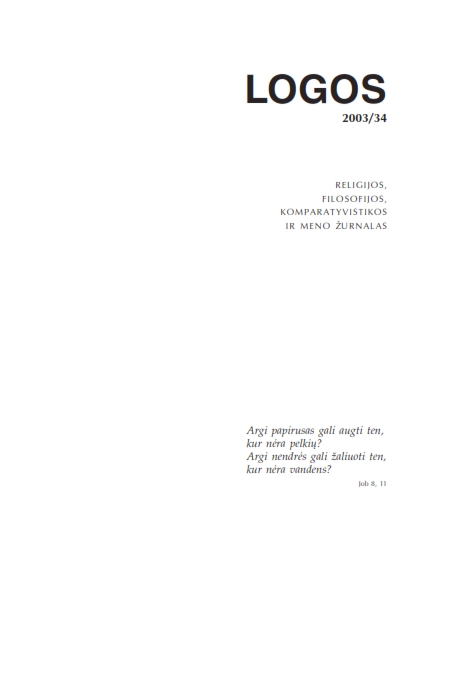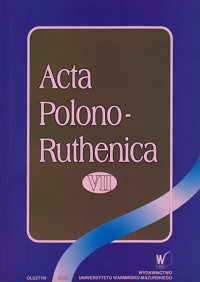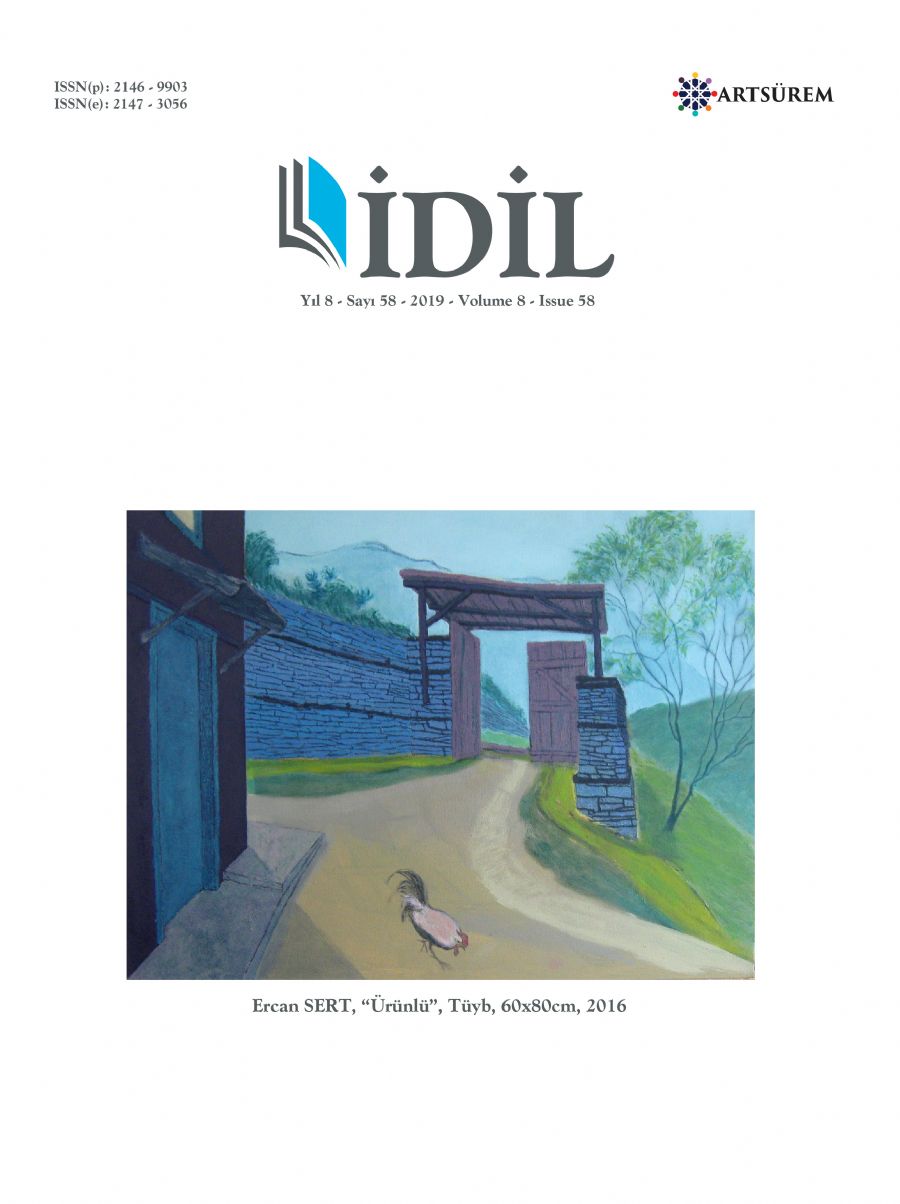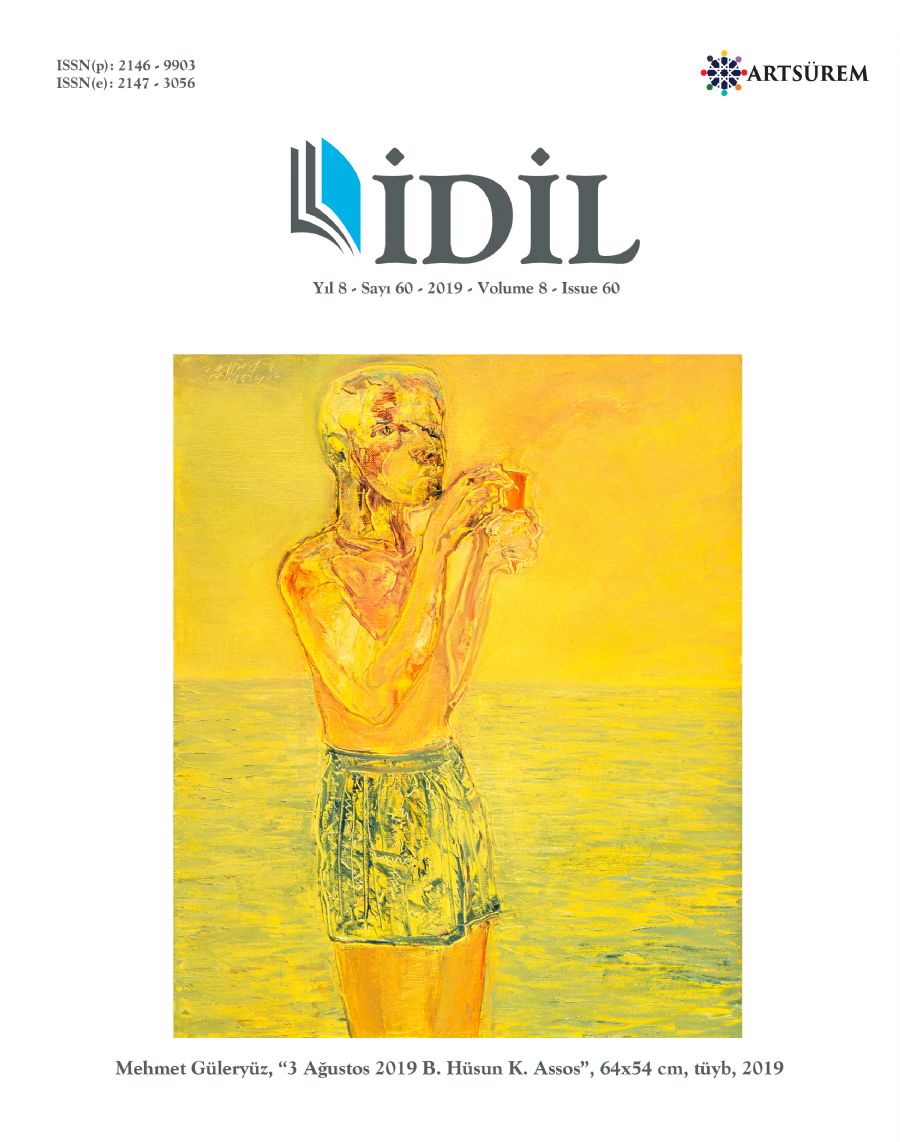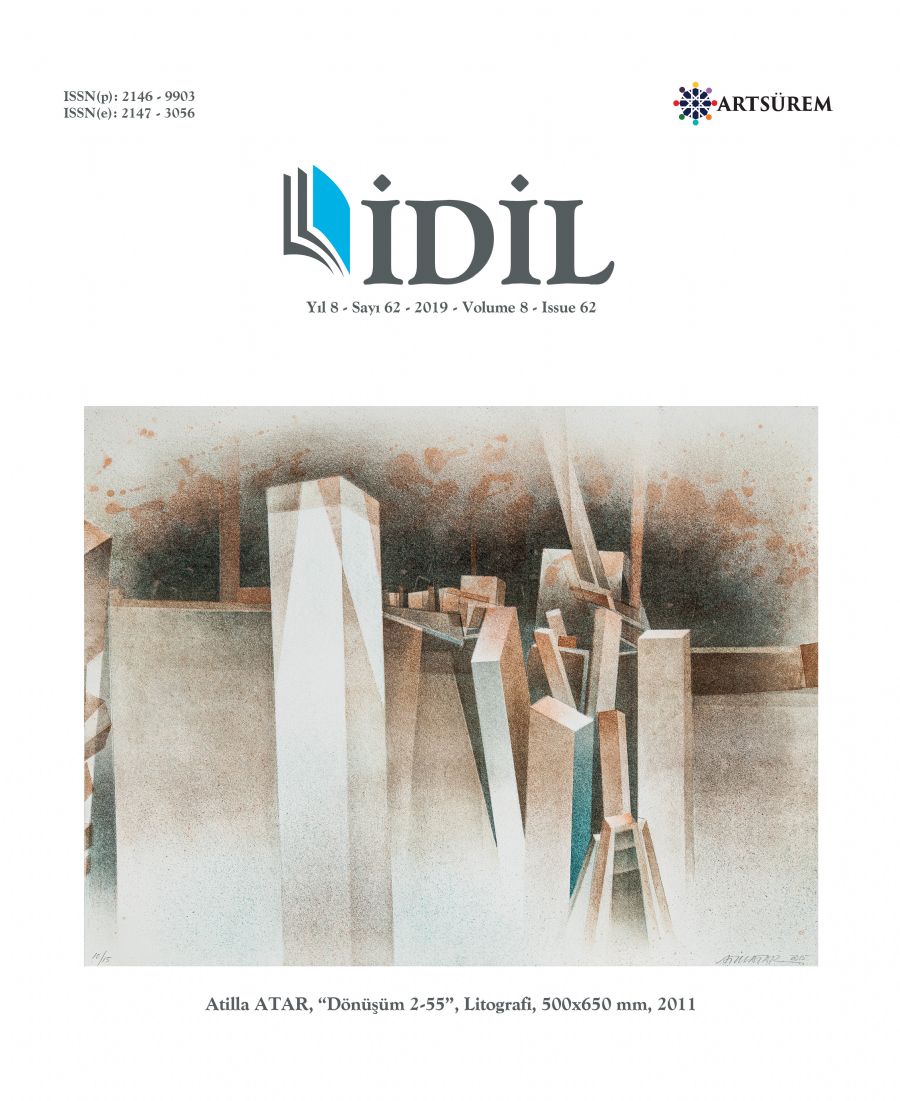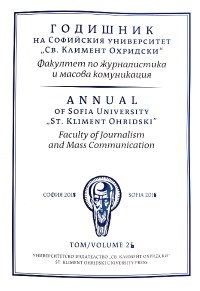БАЧИТИ ДОЗВОЛЕНЕ: ФОТОГРАФІЯ ТА ЦЕНЗУРА У РОСІЙСЬКІЙ ІМПЕРІЇ
In the late 19th – early 20th cc. the Russian imperial authorities were concerned with the fast expansion of the photography. As a result, the public administration undertook efforts to get the new technology under the censorship control. The aim of the article is to reveal the theory and practice of the governmental regulation of photography in the Russian empire. Basing on the wide range of archival sources, the author uses traditional methods of the historical study to describe the photography censorship in Russia and employs the approach of microhistory to find out how the censorship affected the everyday life of professional and amateur photographers. The lack of the studies devoted to the relationship between the public authorities and photography in the Russian empire determines the scientific novelty of the paper. From the early 1860ties, both private persons who owned cameras and commercial photographic studios were placed under surveillance of the inspector of publishing facilities and bookstores. Professional photographers were obliged to put their names on all images they produced and keep an account of all their clients. Any photographic activity outside the studio required a special permission of the local authorities. Only members of the photographic societies were allowed to take pictures everywhere in Russia (with an exception of military objects and borderlands) having no certificate from the local governor’s office. Taking and publishing pictures of the ruling dynasty members and their residences required a special permission as well. The censorship controlled sharing of the photographic reproductions of the fine art works. The paintings, which (from the censor’s perspective) either propagated revolutionary and separatist ideas or threatened the reputation of the monarchy and Orthodox Church, were prevented from exhibiting. The local authorities used to confiscate the photographic reproductions of such paintings. As far as erotic materials were banned completely, the censors paid special attention to any photographic images depicting nudity. The author comes to conclusion, that despite the regulations were strict, the whole system of the state control over the photography was rather ineffective. Having no single law defining benchmarks for evaluating the pictures or even a list of the images banned throughout an empire, the censors used to act selectively. Furthermore, in big cities, such as Kyiv, they were too busy to control dozens of photographic studios and amateur photographers. As a result, both photographers and local civil servants ignored most of the regulations.
More...
